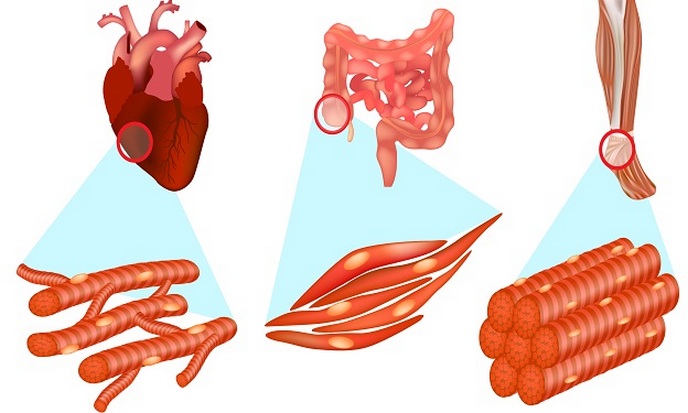A critical crosstalk of muscle with key organs
Muscle strength loss is associated with ageing, sedentary lifestyle, medications, and malnutrition. In disease, the humoral crosstalk of muscle with ailing key organs, such as heart, liver, kidney, and lung, can impair myofibril contractility and ultimately cause myofibril loss, further exacerbating chronic conditions.
An international consortium of muscle disease research
The Muscle stress relief(opens in new window) collaborative project embraced the rationale that muscle inactivity and underlying diseases interact to further aggravate muscle quality and function and thus worsen health. Supported by the Marie Skłodowska Curie programme, the research involved European and United States experts in inter organ crosstalk and myopathies. “Our goal was to provide the necessary scientific evidence to better diagnose muscle diseases, relieve muscle from stress activation and restore function through regenerative approaches,” explains Christina Karatzaferi, project coordinator. Members of the consortium discovered that uraemia, which is marked by elevated concentrations of urea in the blood and affects millions of EU citizens, has a direct impact on skeletal(opens in new window) and cardiac muscle function. Other teams identified molecules and signalling pathways associated with mitochondrial dysfunction and denervation mechanisms that lead to muscle wasting. Additionally, muscle injury repair genes, as well as factors compromising diaphragm function(opens in new window) were shown to serve as future targets for improving muscle regeneration and mitigating respiratory dysfunction experienced by patients with COVID-19, due to their prolonged stay in the ICU. Significant effort was dedicated towards myopathies diagnosis, e.g. the autoimmune disorder myasthenia gravis. A very sensitive radioimmunoprecipitation assay (RIPA)(opens in new window) was developed to detect titin antibodies, addressing the diagnostic gap of patients with myasthenia gravis that are seronegative and lack detectable AChR, MuSK and LRP4 antibodies. Moreover, researchers generated a point-of-care Immunostick ELISA(opens in new window) for the detection of autoantibodies relevant to myasthenia gravis. Providing results within the hour, this test can be easily performed by non-specialised personnel. Performance results have indicated 99 % specificity for anti-AChR antibodies and up to 97 % sensitivity. “The point-of-care assay developed by TND will be valuable for immediate diagnosis and for patients living far away from major cities,” emphasises Karatzaferi.
Project significance and prospects
The Muscle stress relief project underscored the central role of striated muscle and its crosstalk with the heart, lung, immune and endocrine functions. It has attracted much attention given the increased prevalence of non-communicable conditions that directly or indirectly affect muscle quality and survival of patients. Future directions include the validation and optimisation of project findings. Although the titin assay is currently being applied in routine diagnostics in the laboratory Tzartos NeuroDiagnostics(opens in new window), further work into the titin epitope mapping is expected to improve the assay and enable detection of a wider range of anti-titin antibodies. Validation of the Immunostick ELISA by collaborating neurologists will provide the necessary clinical evidence for its rapid commercialisation. “Our results will contribute to improving and making easier the diagnosis of myasthenia gravis and other muscle pathologies, leading to the most appropriate therapy,” concludes Karatzaferi. Furthermore, the results will contribute to physical activity guidelines, such as exercise pre-conditioning to help patients protect their heart during medical procedures and maintain functional capacity, respiratory and metabolic health.







